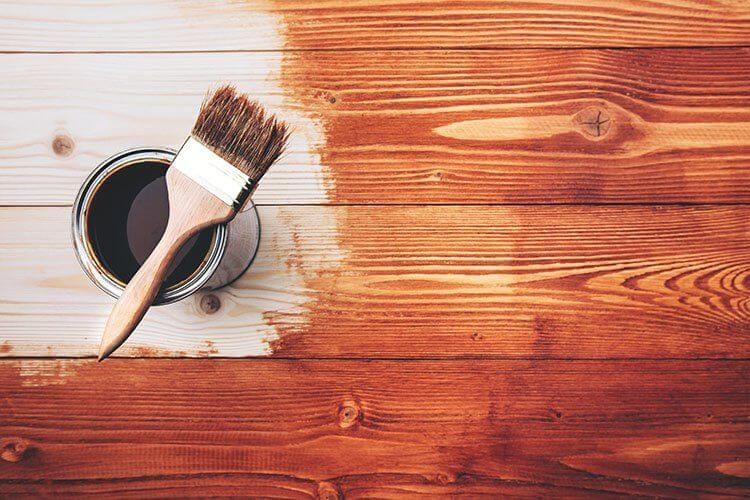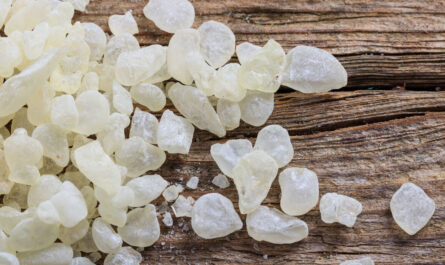Wood is a beautiful and versatile material used in everything from furniture to architecture. However, over time wood can fade, warp, and become damaged if not properly protected. This is where wood paints and coatings come in. There are many different types of finishes available on the market today to beautify and preserve wood surfaces. Choosing the right product depends on the characteristics and intended use of the wood item.
Types of Wood Paints and Coatings
There are several major categories of wood paints and coatings to consider:
– Exterior Paints – Meant for outdoor woodwork like fences, decks, doors, and trim. Exterior paint forms a durable film that protects against water damage, UV rays, and weathering. Options include oil-based, latex/acrylic, and solid color stains.
– Interior Paints – Formulated for indoor wood surfaces like furniture, molding, cabinets, and floors. Interior paint dries faster and produces less odor than exterior varieties. Popular choices are oil-based, latex/acrylic, milk paint, and chalk paint.
– Wood Stains – Penetrates into wood grain to color instead of covering. Stains come in solid pigment or transparent formulas. They maintain the natural texture of wood while enhancing coloring. Options include oil-based, water-based/gel, and blended stains.
– Wood Sealers/Clear Finishes – Applied before or after staining to seal/protect without significantly altering appearance. Common types are polyurethane, shellac, lacquer, and varnish.
– Specialty Paints – Products for unique effects like metallic and fluorescent paints, glazes, antique finishes, and decorative paint techniques.
Project Considerations for Choosing a Coating
When selecting the best Wood Paints And Coatings for a project, it’s important to evaluate several factors:
Durability – How much wear and tear will the surface receive? Exterior projects demand maximum durability from weather-resistant paints. High-traffic interior areas also need durable finishes.
Aesthetics – Do you want the natural woodgrain to show through or a solid color? Consider stains vs paints. gloss vs satin sheens also impact appearance.
Maintenance – Low-maintenance options need less touch-ups but may cost more. Consider ease of recoatability.
Surface Type – Paint adhesion and formulation varies between softwoods like pine vs hardwoods like oak. Know your wood species.
Indoor/Outdoor Use – Products labeled for exterior use withstand UV/moisture better than interior varieties.
Budget – Premium brand paint may last longer but costs more upfront. Consider the true cost over the surface’s lifespan.
Application Method – Brushable, rollable, or spray-able? Ease of application matters. Water-based products are often easiest to work with.
Recommended Coatings by Project Type
With an understanding of wood paint characteristics, here are some common project-coating matches to consider:
Furniture – Milk paints, chalk paints, gel stains and polyurethane tops coats deliver vintage appeal. For modern look, try latex paint over gel stain.
Cabinets – Acrylic latex is easy to clean and resists wear. Add polyurethane for scuffs. Gel stains pop woodgrain.
Doors – Exterior-rated 100% acrylic latex paint prevents moisture issues. For stained look, use oil-based solid color exterior stain.
Trim/Siding – Oil-based solid color stains let grain show through while defending against weather. 100% acrylic paint dries quickly.
Decks – Specialty deck coatings contain UV blockers for longest life. Alternatives include solid color oil-based exterior stains.
Fences – Exterior oil-based stains match wood while resisting cracking. Cost-saving option is latex paint.
Flooring – Polyurethane sealers protect wood and let natural beauty shine. Wax maintenance required for longevity.
Molding/Baseboards – Quick-dry latex eggshell or satin sheens wipe clean easily inside. Gel stains enrich grain.
*Note:
1. Source: Coherent Market Insights, Public sources, Desk research
2. We have leveraged AI tools to mine information and compile it




